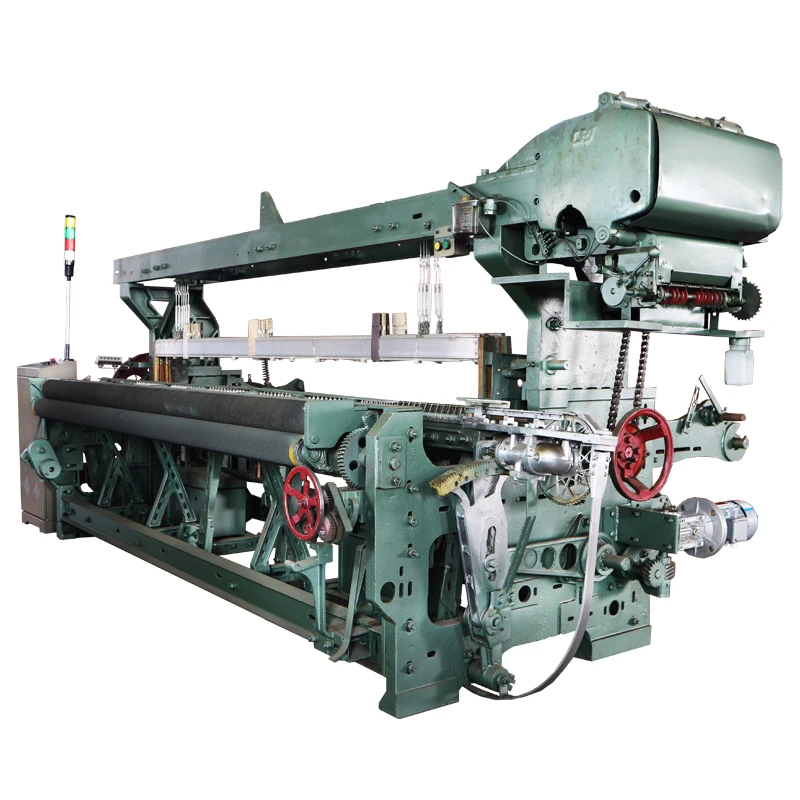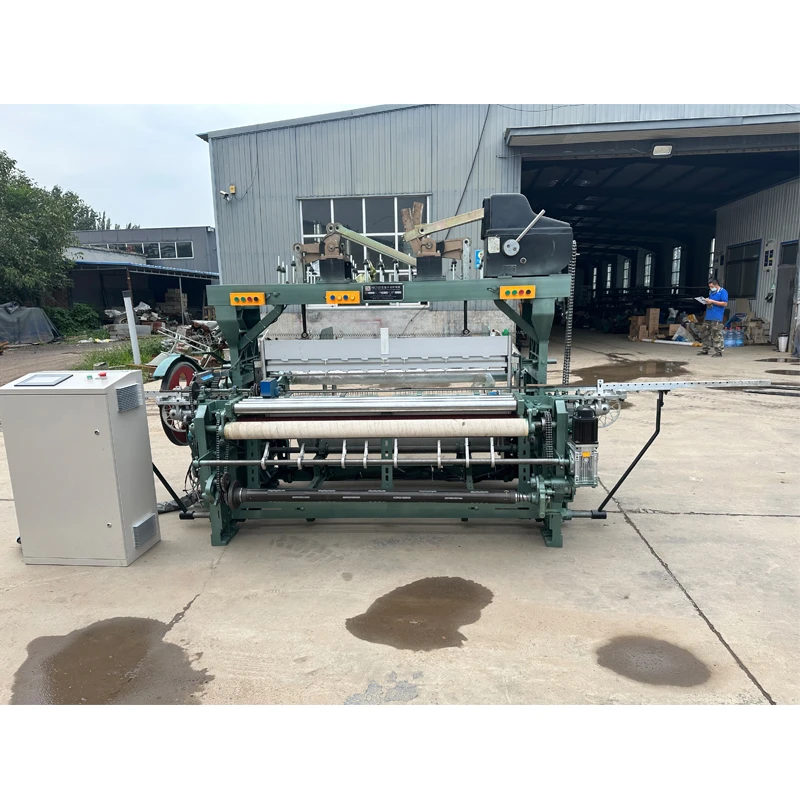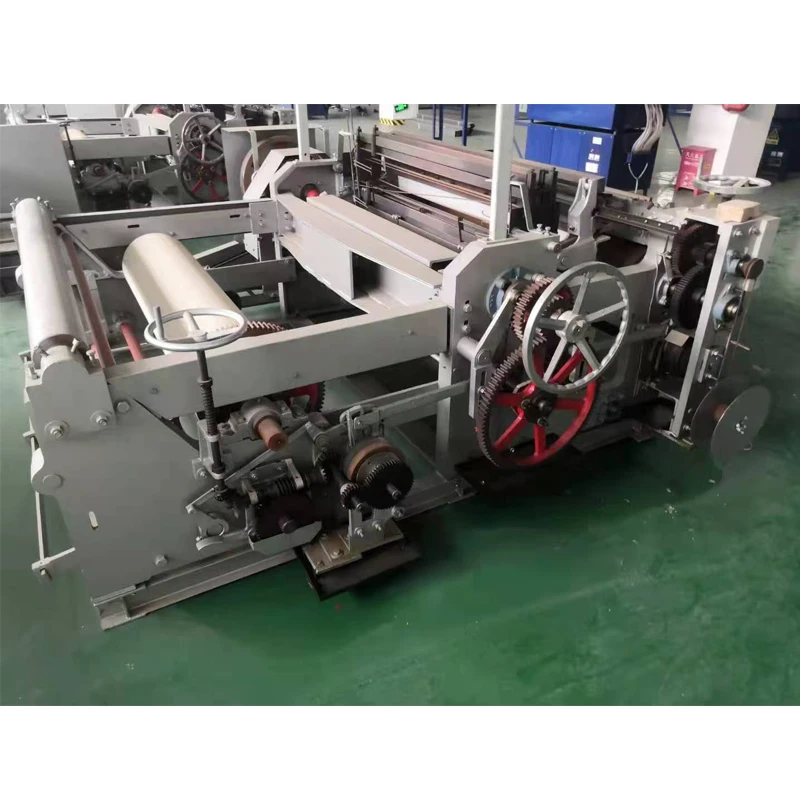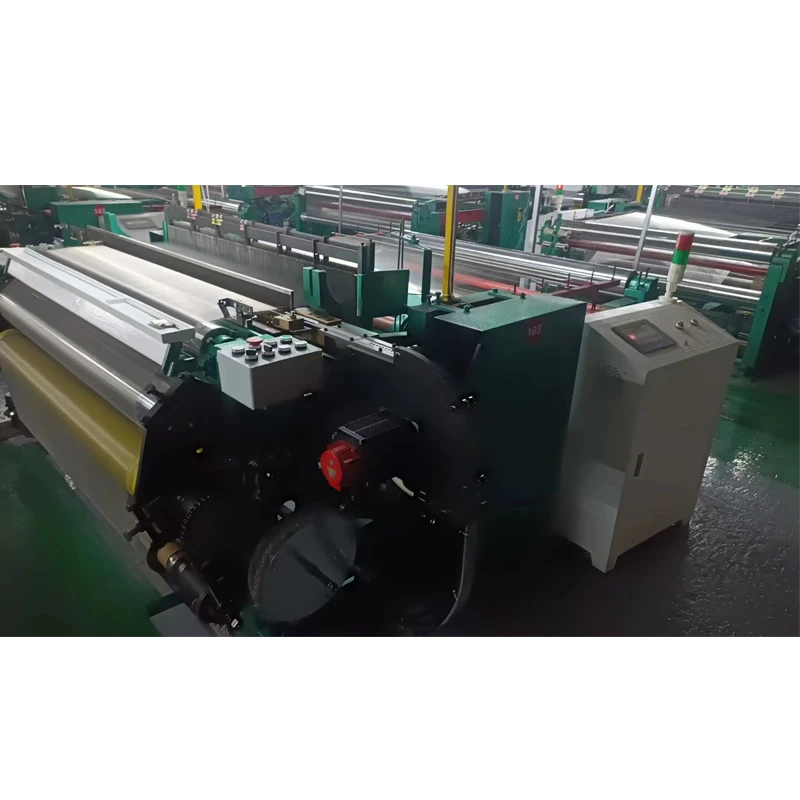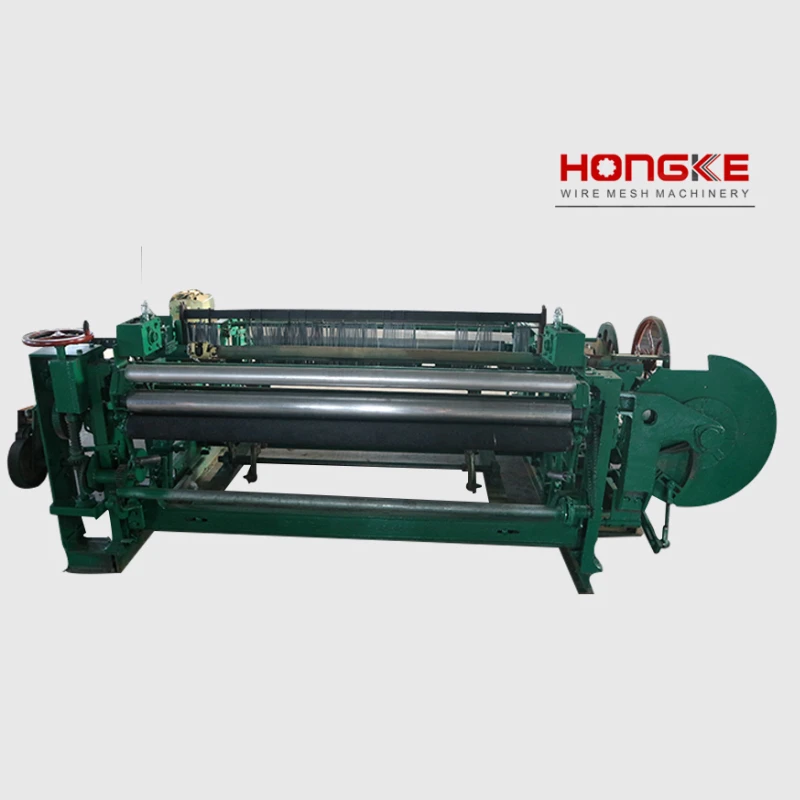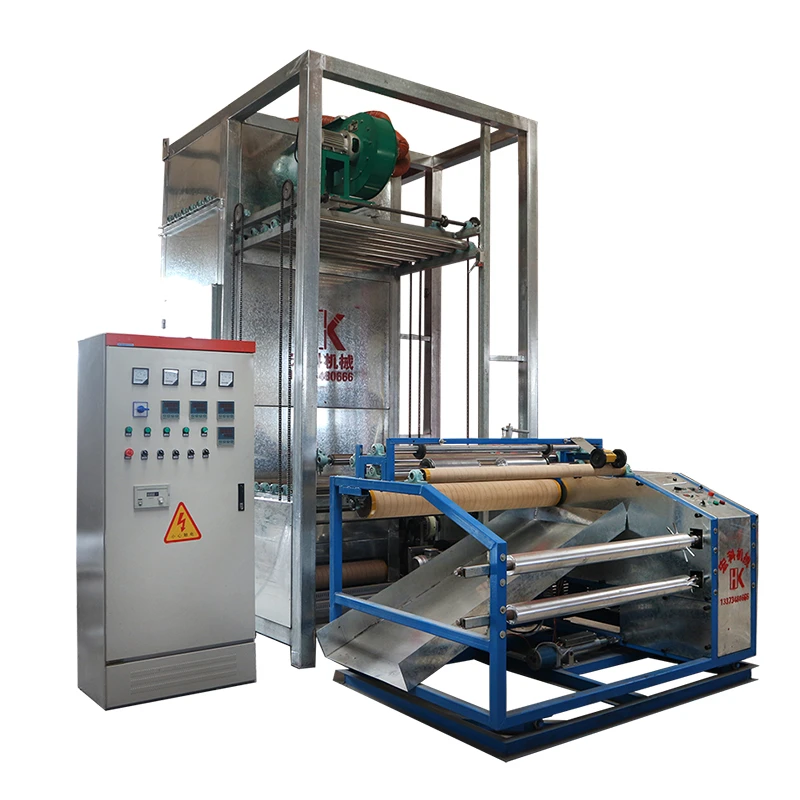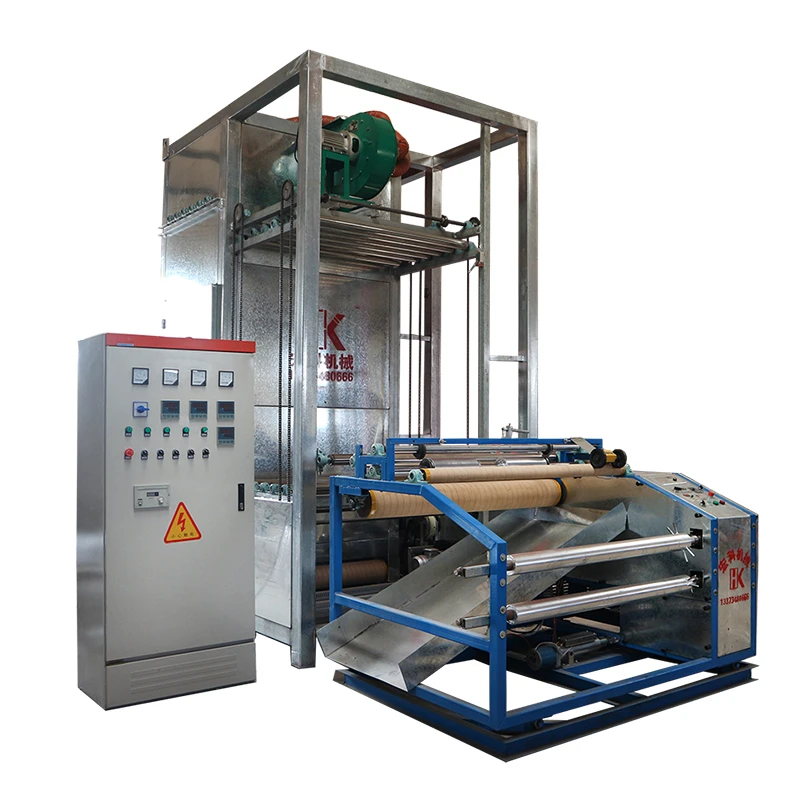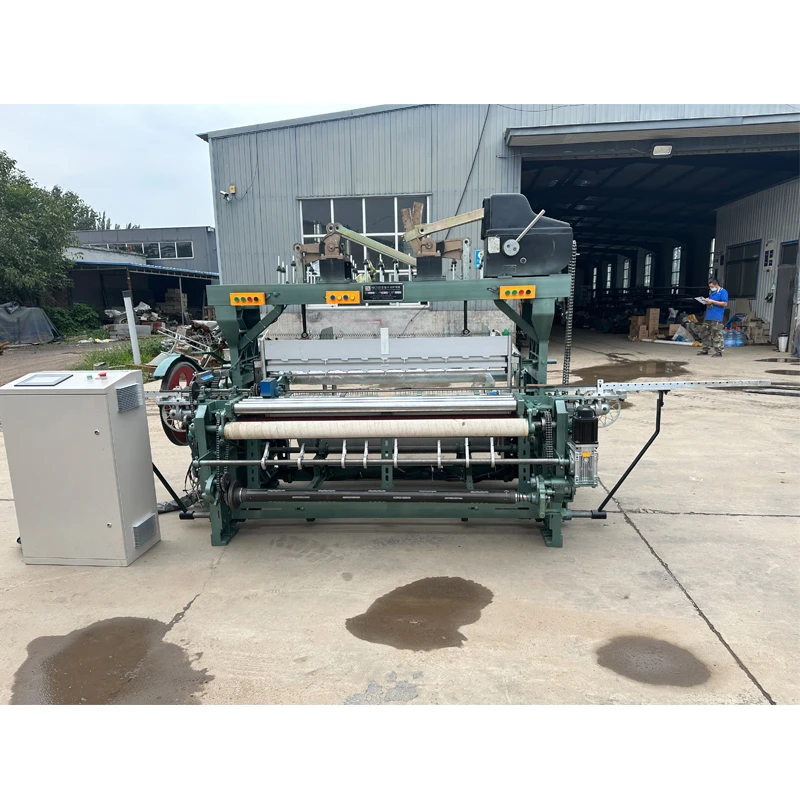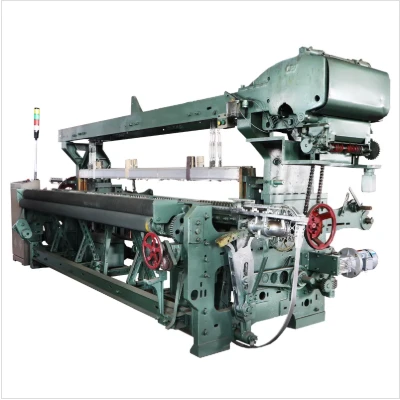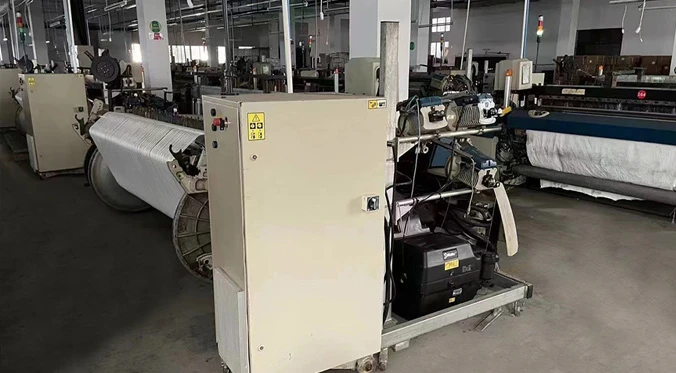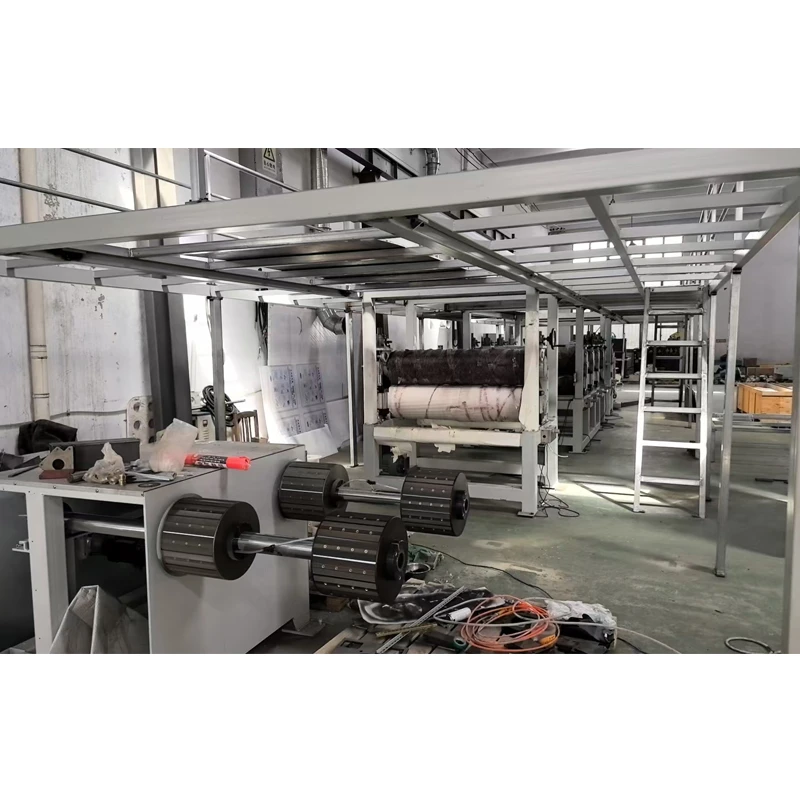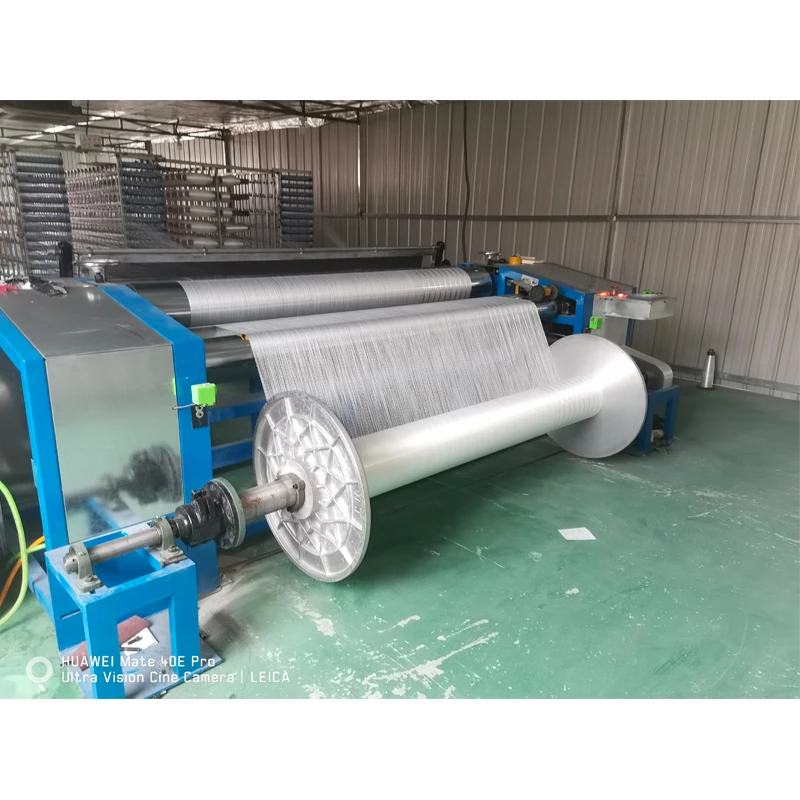
- Introduction to Shuttleless Rapier Looms
- Market Trends and Data Insights
- Technical Advantages of Modern Shuttleless Looms
- Manufacturer Comparison and Pricing Analysis
- Customization Solutions for Different Applications
- Industry Application Case Studies
- Future Prospects for Shuttleless Rapier Loom Technology

(shuttleless rapier loom)
Understanding Shuttleless Rapier Loom Fundamentals
Shuttleless rapier looms represent a technological revolution in textile manufacturing, eliminating traditional shuttles to transport weft yarn across fabric widths. Instead, flexible or rigid rapiers carry the yarn through warp threads at remarkable speeds. Modern shuttleless rapier loom
variants achieve production rates of 500-900 picks per minute, significantly outperforming conventional shuttle systems. This core innovation reduces mechanical stress while accommodating delicate materials like silk or lycra that older looms damaged. Manufacturers leverage these systems for diverse fabric types including terry towels, denim, and technical textiles requiring intricate weave patterns.
Market Trends and Data Insights
The global textile machinery sector shows robust growth, with shuttleless loom adoption increasing annually by 7.3% according to Textile World Analytics. Productivity metrics demonstrate a 40-60% output increase compared to shuttle alternatives while consuming 25% less energy per meter. Major mills report 18-month ROI timelines due to reduced thread breakage below 0.3% and 98% operational efficiency rates. Regional analysis indicates concentrated adoption in South/Southeast Asia, accounting for 68% of installations during 2022-2023. Industry forecast models project continued expansion through 2028 as manufacturers replace aging equipment with automated shuttleless models.
Technical Advantages of Modern Shuttleless Looms
- Fabrication Quality: Computer-controlled tension systems maintain ±0.5% uniformity in density, critical for premium textiles
- Material Efficiency: Electronic warp feeding reduces yarn waste by 22% versus mechanical equivalents
- Operational Flexibility: Quick-change systems enable shift between 8-14 shaft designs in under 15 minutes
- Digital Integration: IoT-enabled models provide real-time analytics on machine health and material consumption
- Speed Capabilities: Rapier power loom configurations process up to 1,450 RPM with minimized vibration
Manufacturer Comparison and Pricing Analysis
| Manufacturer | Model Range | Working Width (cm) | Speed (RPM) | Price Range (USD) | Technical Support |
|---|---|---|---|---|---|
| Picanol | OMNIplus i | 190-540 | 850 | $85,000-$150,000 | Global network |
| Dornier | A1 | 190-460 | 800 | $78,000-$130,000 | Regions limited |
| Itema | R9500 | 180-380 | 750 | $72,000-$125,000 | Complete packages |
| Smit Textile | GS900 | 220-540 | 700 | $68,000-$110,000 | Basic coverage |
| Tsudakoma | ZAX-9100 | 150-380 | 650 | $62,000-$98,000 | Asia-focused |
Customization Solutions for Different Applications
Top manufacturers provide specialized shuttleless rapier loom configurations addressing unique industry requirements. For medical textiles, anti-static components ensure ISO Class 5 cleanroom compliance with specialized take-up systems handling sensitive membranes. Home furnishing producers utilize triple rapier systems capable of weaving 280cm-wide decorative fabrics with integrated pile control. Technical textile options incorporate carbon fiber-capable components with extreme precision yarn guidance (±0.01mm variance). Modular construction allows post-purchase upgrades like automated color changers or AI-powered defect detection systems. Project engineering teams typically implement site-specific adaptations within 8-week cycles.
Industry Application Case Studies
A Bangladesh denim manufacturer increased daily output to 3,200 meters after installing 32 shuttleless rapier looms equipped with moisture control systems, reducing defects during humid conditions by 60%. Portuguese home textile company Tecidos Porta utilized Picanol's air-rapier hybrid technology to develop jacquard curtains with metallic thread elements, capturing premium market segments with 24% higher profit margins. Vietnamese technical fabric producer Saigon Flex achieved AS9100 aerospace certification through Dornier machine installations that weave carbon-Kevlar composites with 0.2mm tolerances. The consistent thread insertion accuracy (±0.3% variance) permitted NASA-compliant reinforcement structures without secondary trimming processes.
Future Prospects for Rapier Power Loom Technology
Rapier power loom advancements continue evolving through key R&D pathways: direct-drive brushless motor implementations that eliminate gear-driven energy losses; machine learning algorithms predicting yarn failure 12 minutes before occurrence; and 5G-enabled remote operation reducing technician deployment needs by 70%. Sustainability drives loom component redesigns using recycled materials without compromising 30,000-hour operational lifetimes. The convergence of artificial intelligence and mechanical engineering enables next-generation shuttleless rapier loom systems to autonomously adjust parameters mid-production. Industry analysts confirm these innovations collectively enhance the shuttleless rapier loom position as the foundation technology for Industry 4.0 textile manufacturing through 2035.
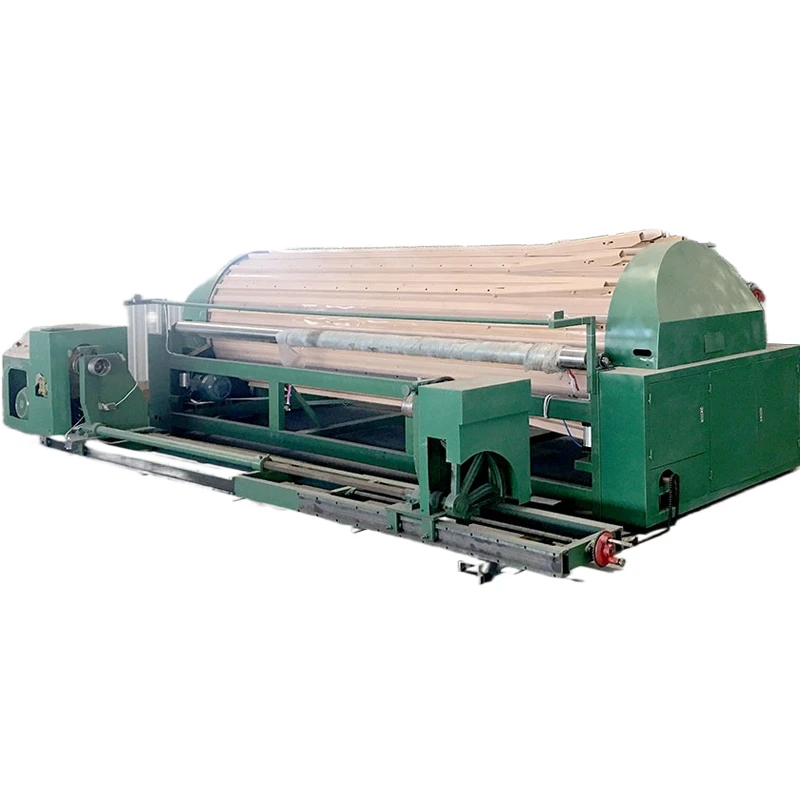
(shuttleless rapier loom)
FAQS on shuttleless rapier loom
Q: What factors influence shuttleless rapier loom price?
A: Shuttleless rapier loom price depends on specifications like weaving width, speed, automation level, and brand. Additional costs may include installation, training, or customization fees. Bulk orders often qualify for discounts.
Q: How does a shuttleless rapier loom work?
A: A shuttleless rapier loom uses rigid or flexible rapiers to transfer weft yarn across the warp threads, eliminating traditional shuttles. It ensures high-speed, precise fabric production with minimal yarn waste. The process is controlled by automated systems for consistency.
Q: What are the advantages of a rapier power loom over shuttle looms?
A: Rapier power looms offer faster production, lower energy consumption, and reduced yarn breakage compared to shuttle looms. They enable complex pattern weaving and require less manual intervention. Their shuttleless design also minimizes maintenance downtime.
Q: How much maintenance do shuttleless rapier looms require?
A: Shuttleless rapier looms need regular lubrication and part inspections, typically every 500-800 operating hours. Critical components like rapiers and sensors require quarterly checks. Proper maintenance can extend lifespan beyond 10 years.
Q: What industries primarily use shuttleless rapier looms?
A: These looms are ideal for home textiles (curtains, upholstery), technical fabrics, and industrial materials. They excel in weaving medium-to-heavyweight fabrics with synthetic or natural yarns. High-end fashion and automotive sectors also utilize their precision.









